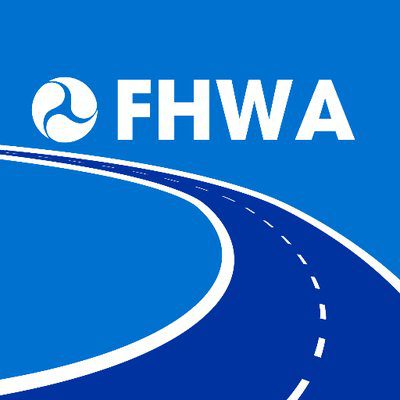U.S. Department of Transportation Providing $4.575 Million in ‘Quick Release’ Emergency Relief Funding for Flood Damage Repair Work at Death Valley National Park and other Federal Lands in California and Nevada

WASHINGTON – The U.S. Department of Transportation’s Federal Highway Administration (FHWA) today announced the immediate availability of $4.575 million in “quick release” Emergency Relief funds for use by the National Park Service, the Forest Service, and the U.S. Fish & Wildlife Service. The funds will offset costs of repair work needed for roads, trails, parking areas, and other infrastructure as a result of flood damage caused by Tropical Storm Hilary in Death Valley National Park and other federal lands in California and Nevada last month.
“The funds we’re providing will speed up repairs at Death Valley National Park and other federal land locations affected by Tropical Storm Hilary, helping communities with critical transportation connections,” said U.S. Transportation Secretary Pete Buttigieg.
“The Federal Highway Administration is ready to assist federal agencies tasked with fixing roads, trails, bridges and parking areas in and around Death Valley National Park and other federal lands in California and Nevada damaged by flooding last month,” said Federal Highway Administrator Shailen Bhatt. “Today’s provision of quick-release emergency funds is the first of many steps to help authorities get the work done as soon as possible.”
Beginning on August 19, Tropical Storm Hilary brought record rainfall, resulting in flash flooding and debris flow across several states, including California and Nevada for several days. The National Weather Service considers tropical storms on the West Coast to be an exceedingly rare event, with the most recent being more than 80 years prior. Within Death Valley National Park, the flash flooding damaged numerous transportation facilities including roads, trails and parking areas, and resulted in roads being buckled or completely destroyed, bridges impacted, road surfacing lost, and damage caused by significant debris and erosion.
The funding announced today will also be used for repair work at the Manzanar Historic Site, San Bernardino National Forest, Inyo National Forest, and Sonny Bono Salton Sea National Wildlife Refuge in California. Additionally, FHWA’s `quick-release’ emergency relief funds will be used for projects needed as a result of flooding in the Humboldt-Toiyabe National Forest and Ash Meadows National Wildlife Refuge in Nevada that damaged transportation facilities, destroyed road segments, and collapsed culverts.
FHWA’s Emergency Relief program provides funding to states, territories, Tribes, and Federal Land Management Agencies for highways and bridges damaged by natural disasters or catastrophic events. These “quick release” Emergency Relief funds are an initial resource installment to help restore essential transportation. Additional funds needed to repair damages on the federal lands affected by Tropical Storm Hilary will be supported by the Emergency Relief program through nationwide funding allocations.
The FHWA Emergency Relief program complements the Bipartisan Infrastructure Law programs and provisions by encouraging agencies to identify and implement measures to incorporate resilience in the design, restoration, and repair of damaged infrastructure, so that it can better withstand future damage from climate change and future weather events.
More information about FHWA’s Emergency Relief program can be found online at https://www.fhwa.dot.gov/programadmin/erelief.cfm


